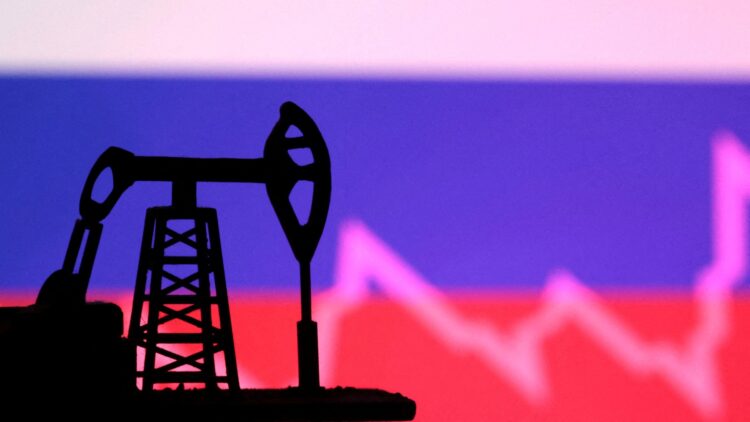President Trump’s recent tariff issues have had far reaching implications, especially when it comes to the oil industry in Russia. The country has one of the largest petroleum / oil industries in the world. Russia is the largest exporter of natural gas and has the sixth largest oil reserve. Oil production also scores quite high with this country, and they also classify as the fourth largest energy user.
Talking things out in the Russian fields
U.S. President Donald Trump is unlikely to follow through on his threat to place 100% tariffs on countries that buy Russian oil because it would worsen politically damaging inflation pressures and his similar threat against buyers of Venezuelan oil has had limited success, especially in China. Venezuela has some of the largest oil reserves in the world, significantly so actually at almost 300 billion barrels. Challenges faced by them in this industry relate to mismanagement, economic crises as well as sanctions.
Trump said this month he would put 100% secondary tariffs on countries that buy Russian exports unless Moscow agrees to a major peace deal with Ukraine in 50 days, a deadline that would expire in early September. The threat mirrored an announcement in March that the U.S. would slap tariffs on buyers of sanctioned Venezuelan oil. No such tariffs have been imposed since, even though Venezuela’s exports of oil have jumped.
Determining the value of an oil barrel
Clay Seigle, senior fellow and James Schlesinger chair in energy and geopolitics at the Center for Strategic and International Studies, said that if the 100% tariff is fully enforced on countries that receive Russian barrels, it has the potential to cut global supplies and drive prices higher. On July 16, two days after issuing the tariff threat, Trump said the oil price of $64 a barrel was a great level, that his administration was trying to get it down a little bit more, and the low level was “one of the reasons that inflations in check.”
Since then, oil prices CLc1 have stayed in the mid-$60s range, shrugging off the threat of imminent supply disruptions. Seigle said Trump’s existing trade war, particularly his tariffs on steel, could push commodity prices higher for oil drillers in the United States, the world’s top crude producer. That could raise prices for oil just as the midterm U.S. Congress elections get underway next year.
Strategic decision making by Trump
Trump’s Republicans hold razor-thin majorities in both the U.S. House and Senate and the president will likely avoid actions that spike oil prices during the campaigns, the analysts said. Indian oil refiners, major buyers of Russian crude, do not believe that Trump will follow through on the threat, and there are no plans to stop purchases of Russian oil, three sources at Indian refiners said. India has about 23 oil refineries. The Indian Oil Corporation operates the largest number of them. Jamnagar Refinery is the largest in the world.
Action is also not likely to come from Congress even though the U.S. Senate has strong bipartisan support for a bill that would impose 500% tariffs on buyers of Russian oil. The Senate’s Republican leaders are waiting for Trump’s go-ahead and have given no indication that they intend to take up the bill before they leave Washington for the August recess.
Oil is a highly sought after commodity throughout the world. Petroleum products can be found in a variety of items, from things such as plastics, fertilizer, aspirin, personal protective equipment, etc. Looking back to the renewable energy environment, it is even utilized with solar panels. With such a vast array of uses under its belt, it’s no wonder a lot of countries would want a piece of the action. And why changes in the political environment can have an influence on these prices.

